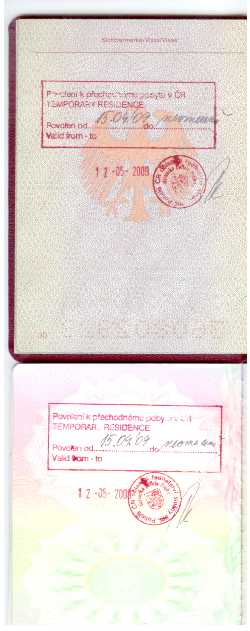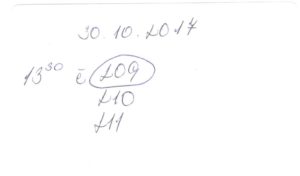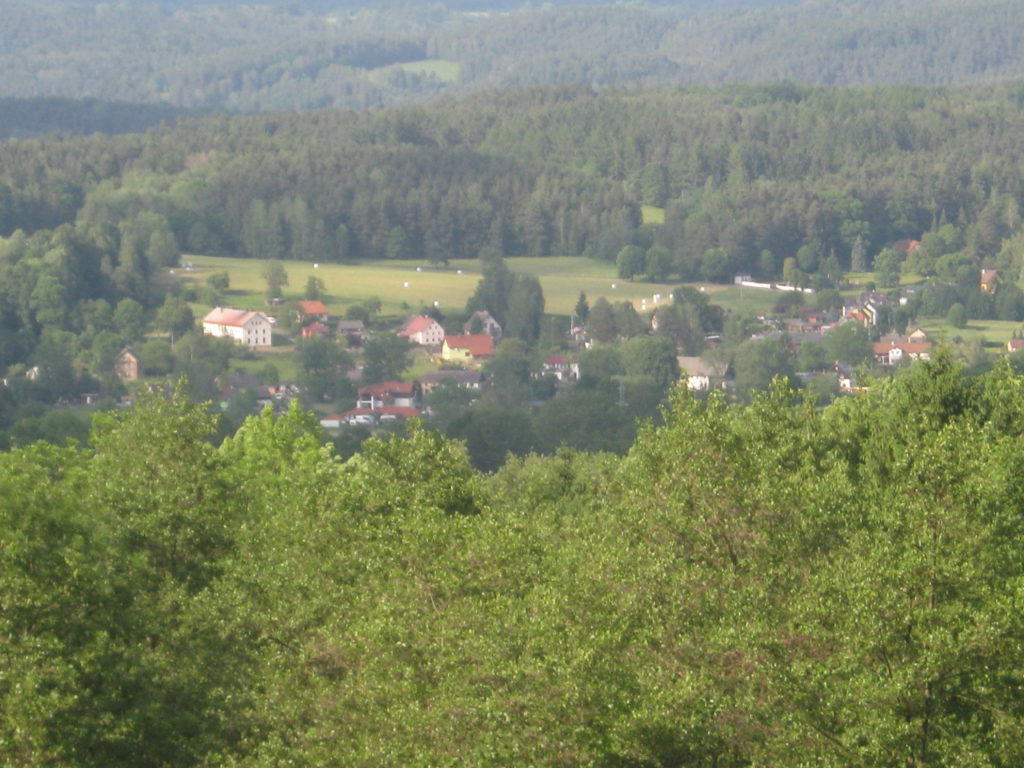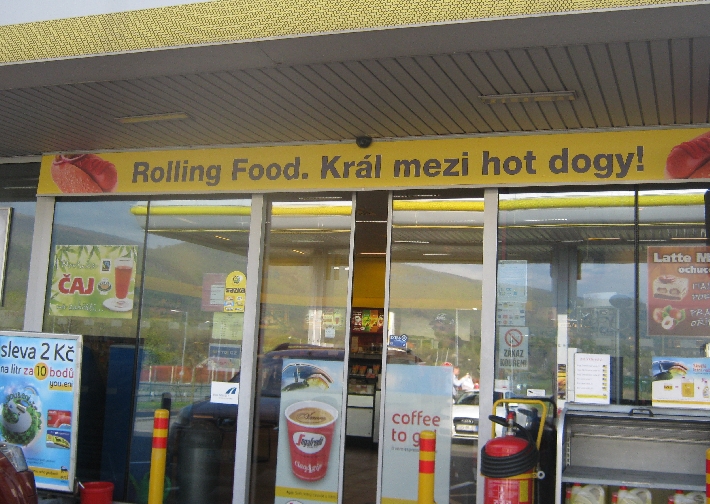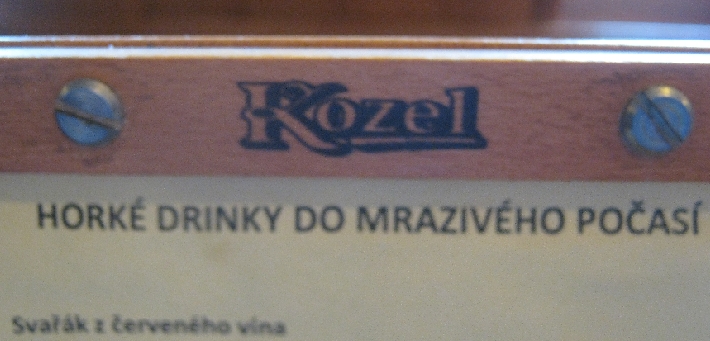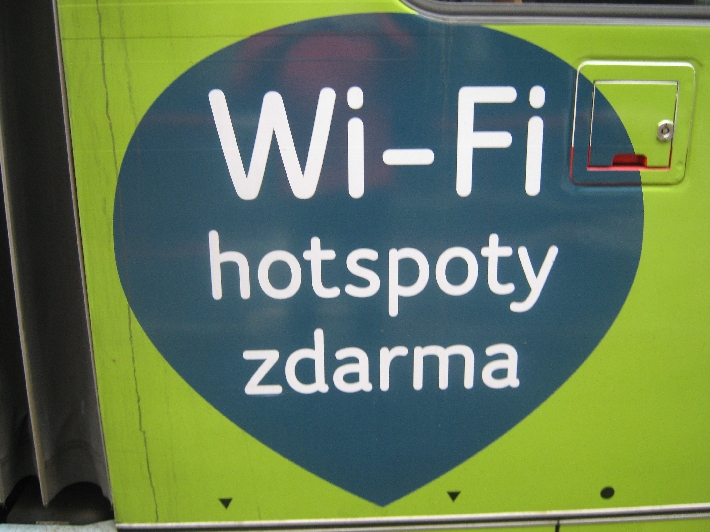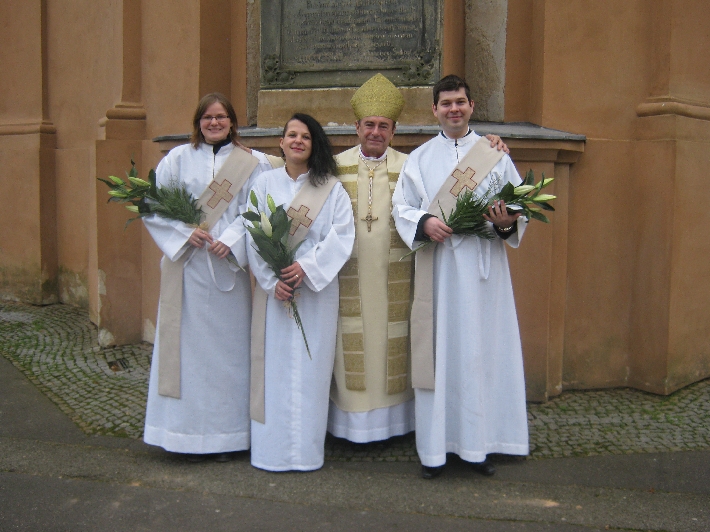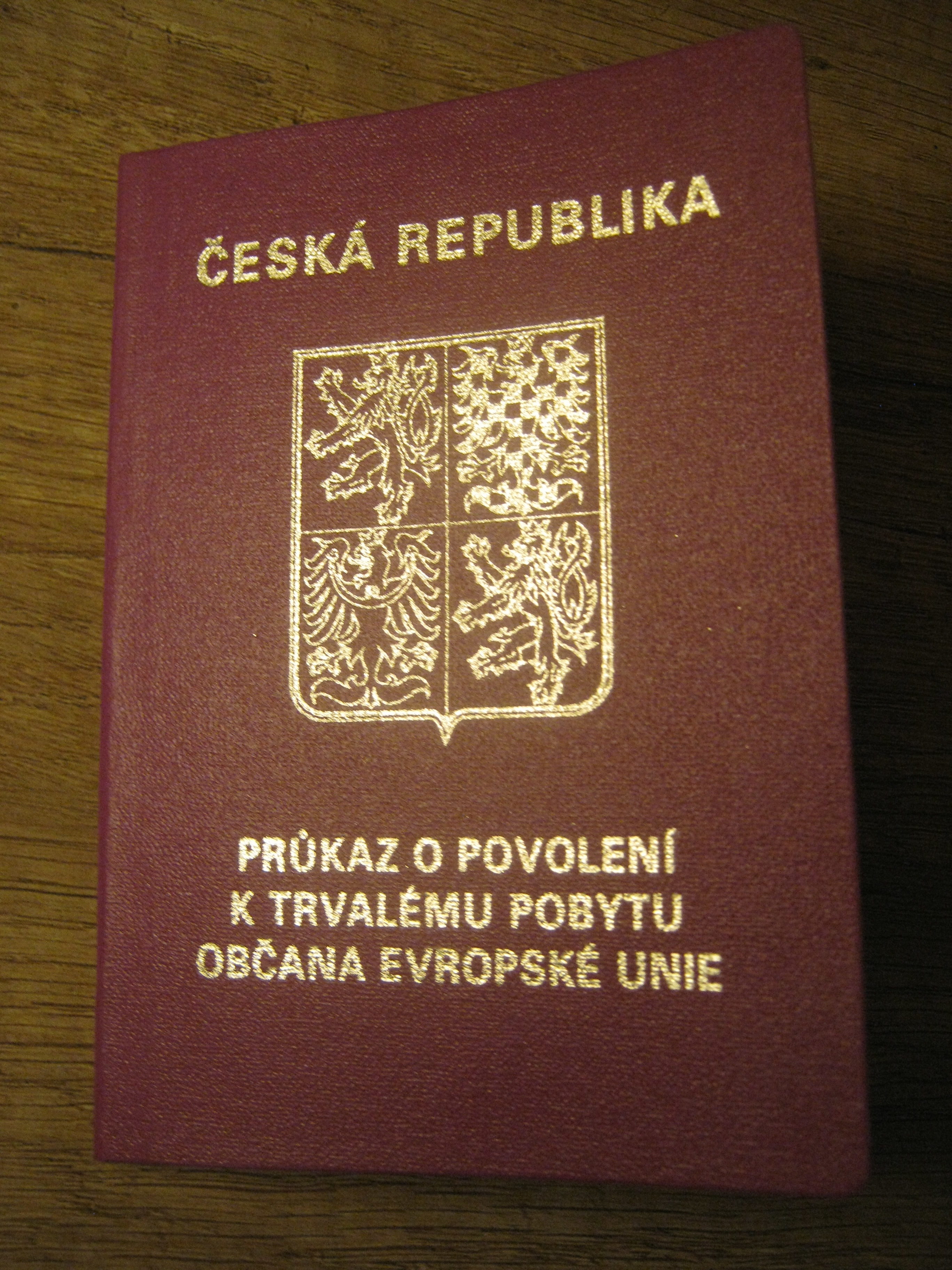
As I wrote in my earlier blog post entitled, ‘Czech bureaucracy – yet again‘, on Monday 30th October 2017, I submitted my application for permanent residency in the Czech Republic at the offices of the Czech Ministry of the Interior (MOI) in Ústí nad Labem. I was informed then, that the authorities now had up to sixty days to consider my application before coming to a decision. Once a decision was made, I would receive a phone call, summoning me back to the MOI office.
Last Friday morning, exactly forty days after submitting my application, my phone rang. It was from a number unknown to my phone and the caller spoke in Czech. Fortunately, the one word I did understand in the caller’s first sentence was, ‘Ústí’. ‘Ministry of the Interior’ I said in English, and received a clear ‘Ano‘ in reply. The caller’s next sentence included ‘Pondelí nebo úterý‘ which I understood correctly as telling me to come to the MOI office once more on Monday or Tuesday of the following week.
.
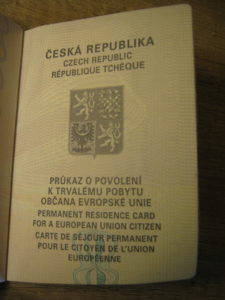
Therefore on Monday 11th December, I drove to Ústí nad Labem, arriving at the MOI offices just before 10.00, following a struggle to find a legal place to park. After receiving the phone call on the previous Friday, I had promptly phoned Barbora from the voluntary ‘Centre for Integration‘ and she had assured me that on Monday morning, she would be at the same desk where I had first met her, and would be happy to help me once again. Her smiling face greeted me, as soon as I put my head around the door!
Barbora donned her coat, and we headed out the door and around the corner, back into the same building, to reach the section that deals with EU nationals. We pressed the button for a numbered ticket which was 516. As the electronic display board showed 505 as the most recent number to be called, together with the number of people in the waiting room, I knew I was going to be waiting for some time. So Barbora headed back to her normal station, telling me to call her on her mobile once it became closer to the time when I would be summoned.
Fortunately, I had come prepared for a long wait. Having received my new ‘Church Book & Desk Diary’ for 2018, the previous evening – thank you Paul Shorten 🙂 , I spent the first hour of my waiting time, transferring into it, all those things in the forward planner of the 2017 edition. It certainly occupied the time!
When 515 was called, I rang Barbora and, within a few minutes of her arrival, 516 appeared on the electronic display board, summoning us to counter 11. My heart sank when I saw that we had to deal with the same very officious lady I’d had on my first visit on 23rd October. But this time she was far more amenable, probably helped by it being Monday morning rather than late Monday afternoon 😉
After Barbora had explained in Czech, that I was responding to a phone call the previous Friday, telling me to return to the MOI office, the lady found me on her computer system and then got my file out of the cupboard. I was presented with an A4 sheet, duly signed and stamped, declaring that I have been granted, ‘Permanent Residency’. I was then required to surrender my forty day old certificate of ‘Temporary Residence’ for which I received an official receipt.
Having confirmed, amongst much laughter, that the address of my home is Stará Oleška 44 – the laughter being because ‘forty-four’ is so difficult to pronounce in Czech – I end up nearly spitting my teeth out when trying to say it; the lady then proceeded to produce my ‘Permanent residence card for a European Union citizen’ that you see in the photographs at the head of this post.
It is a passport style document which includes one of the photographs I submitted with my application. It has both my British passport number and my Czech Rodné císlo, and declares my registered address as being Stará Oleška 44. Most importantly, it declares that I have Trivalý pobyt – Permanent residence. Interestingly, I have Trivalý pobyt – Ostatní – Permanent residence – Other 🙂 I presume this is because I am retired.
This document is now valid for the next ten years. However, I was firmly told that I must inform the MOI if, in the future, I change my address or obtain a new passport. Echoes of my previous misdemeanour 😉
As well as securing my status, having this document will be a great asset in my future dealings with Czech officialdom. Changing the registered address of the ‘Carly’ and then renewing my driving licence in February 2018, are two tasks that lie ahead. But I did enjoy producing it as my ID for the first time today, when recovering a letter from the Post Office in Markvartice that I needed to sign for.
Finally, whilst I do have issues with Czech bureaucracy, there is one very positive comment with which I want to finish this post. For the issue of my ‘Permanent residence card for a European Union citizen’, I was charged absolutely nothing. It stands in stark contrast to the £128.00 I had to pay to obtain my new British passport eighteen months ago.

